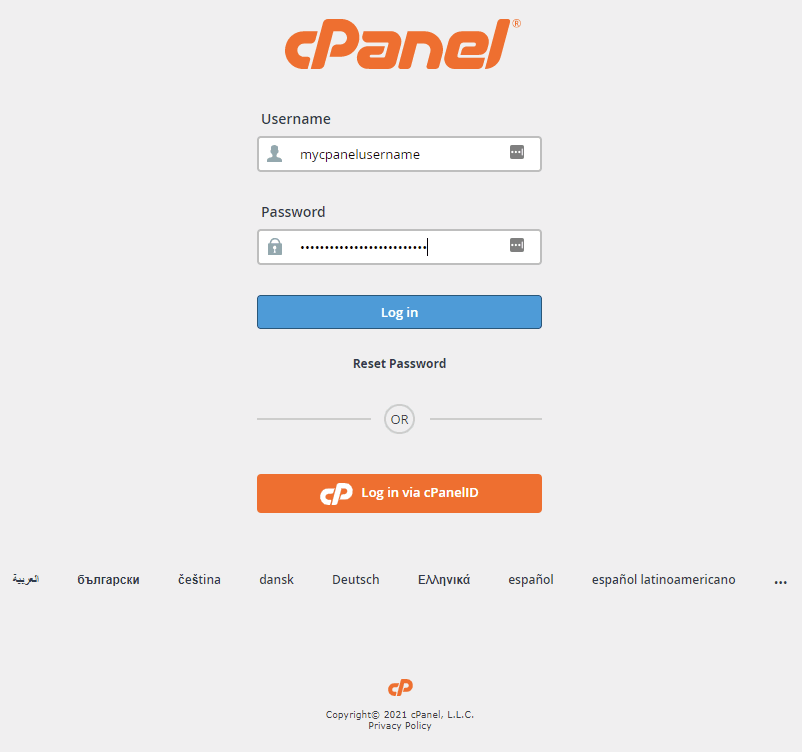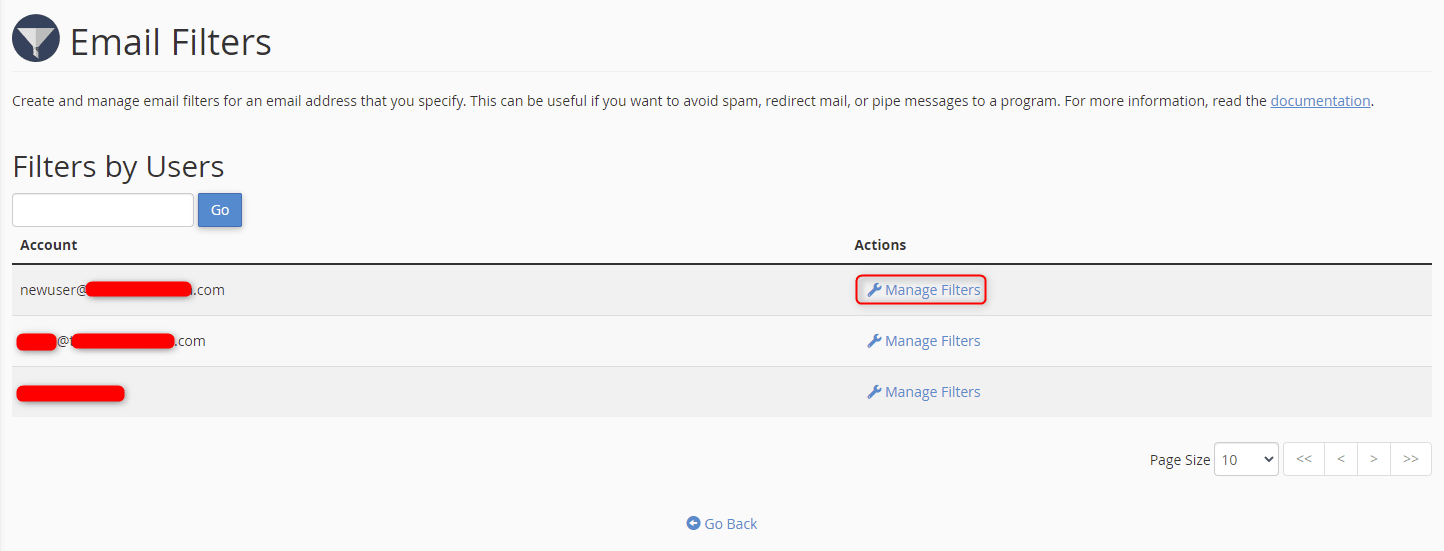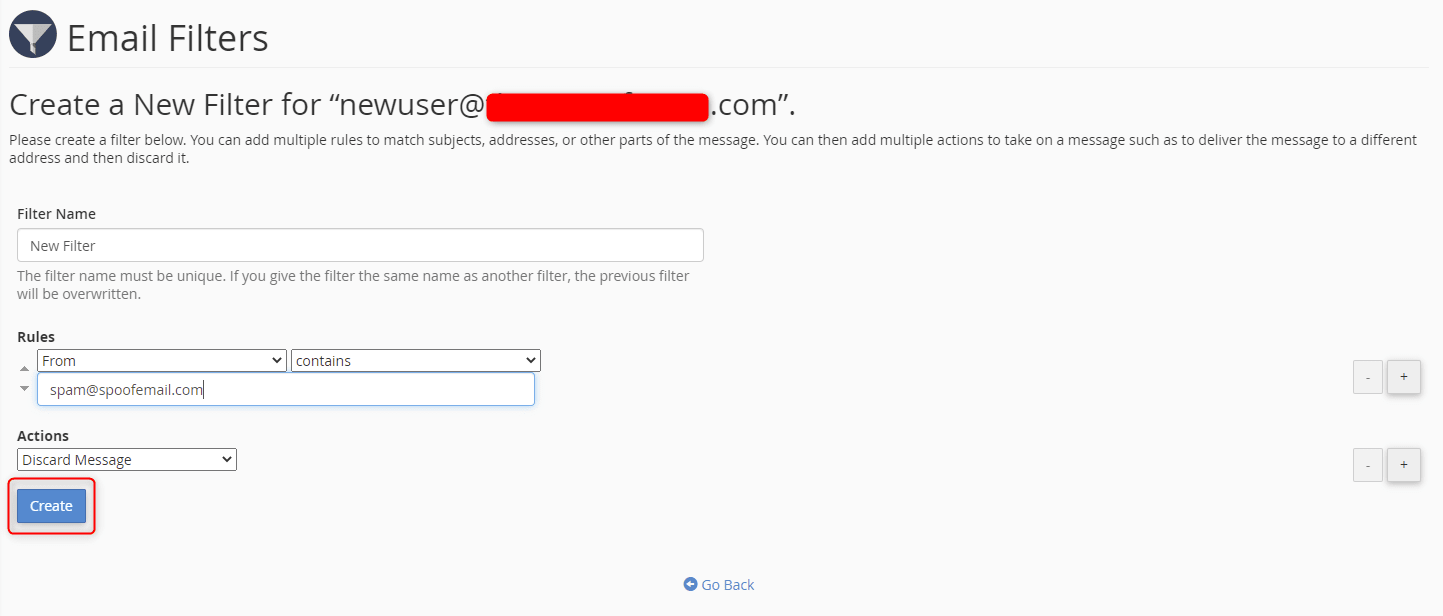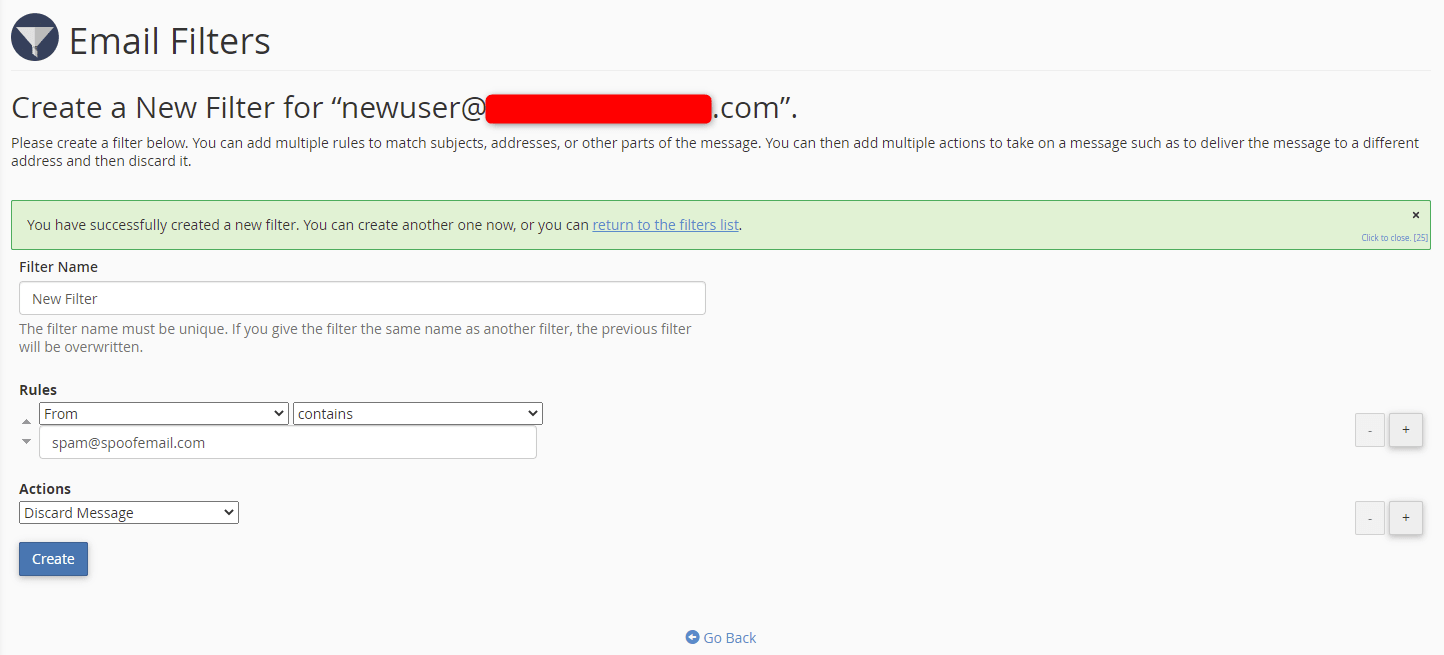How to Set Up Email Filters in cPanel
II. How to Create an Email Account in cPanel
III. How to Set a Default Address in cPanel
IV. How to Set Up an Autoresponder in cPanel
V. How to Set Up Email Forwarding in cPanel
VI. How to Set Up Email Filters in cPanel
VII. How to Enable Spam Protection in cPanel
VIII. How to Add an MX Entry in cPanel
IX. How to Use Webmail From Within cPanel
X. How to Change Your cPanel Password
XI. How to Update Your Contact Information in cPanel
XII. How to Change Your cPanel Theme
XIII. How to Change the Primary Language in cPanel
XIV. How to Add a Record With the DNS Zone Editor in cPanel
XV. How to Backup Your Website in cPanel
XVI. How to Use the Disk Space Usage Tool in cPanel
XVII. How to Create Additional FTP Accounts in cPanel
XVIII. How to Password Protect a Directory in cPanel
XIX. How to Use the IP Blocker in cPanel
XX. How to Set Up Hotlink Protection in cPanel
XXI. How to Create a Subdomain in cPanel
XXII. How to Create an Addon Domain in cPanel
XXIII. How to Create a Domain Alias in cPanel
XXIV. How to Set Up Domain Redirects in cPanel
XXV. How to Create a MySQL Database in cPanel
XXVI. How to Use the Index Manager in cPanel
XXVII. How to Create Custom Error Pages in cPanel
XXVIII. How to Set Up a Cron Job in cPanel
Email filtering in cPanel allows you to set rules for incoming emails. Automatically carry out specific actions for various types of emails as they come into your inbox.
This tutorial shows you how to set up email filters in cPanel.
Requirements
- A server with cPanel installed and running.
- The Login credentials for cPanel.
How to Set Up Email Filters in cPanel
1. Login to cPanel.

2. Under the Email section, click Email Filter.

3. Click Manage Filters next to the email account for which you wish to create or edit filters.

4. Click the Create a New Filter button.

5. Enter the desired name in the Filter Name field. Set the specified rules based on the dropdown menus and text boxes in the Rules section. Under the Actions section, select the appropriate action from the dropdown menu.
In this example, the specified rule discards messages from the specified email address. To set the filter, click Create.

A green confirmation message appears above the Filter Name section.

You can always return to the Email Filter screen from the home page to create new filters, edit them, or delete existing ones.
Wrapping Up
Follow these steps for how to set up email filters in cPanel to filter your emails based on your requirements. The ability to filter emails provides control over maintaining your inbox and spending less time on emails.
Liquid Web’s VPS Hosting, Cloud Dedicated Servers, and Dedicated Servers offer cPanel environments for your web hosting needs. Contact our sales team to set up your next server.
Check out the next tutorial in our cPanel series on How to Enable Spam Protection in cPanel.
Related Articles:

About the Author: Ronald Caldwell
Ron is a Technical Writer at Liquid Web working with the Marketing team. He has 9+ years of experience in Technology. He obtained an Associate of Science in Computer Science from Prairie State College in 2015. He is happily married to his high school sweetheart and lives in Michigan with her and their children.
Our Sales and Support teams are available 24 hours by phone or e-mail to assist.
Latest Articles
How to use kill commands in Linux
Read ArticleChange cPanel password from WebHost Manager (WHM)
Read ArticleChange cPanel password from WebHost Manager (WHM)
Read ArticleChange cPanel password from WebHost Manager (WHM)
Read ArticleChange the root password in WebHost Manager (WHM)
Read Article


